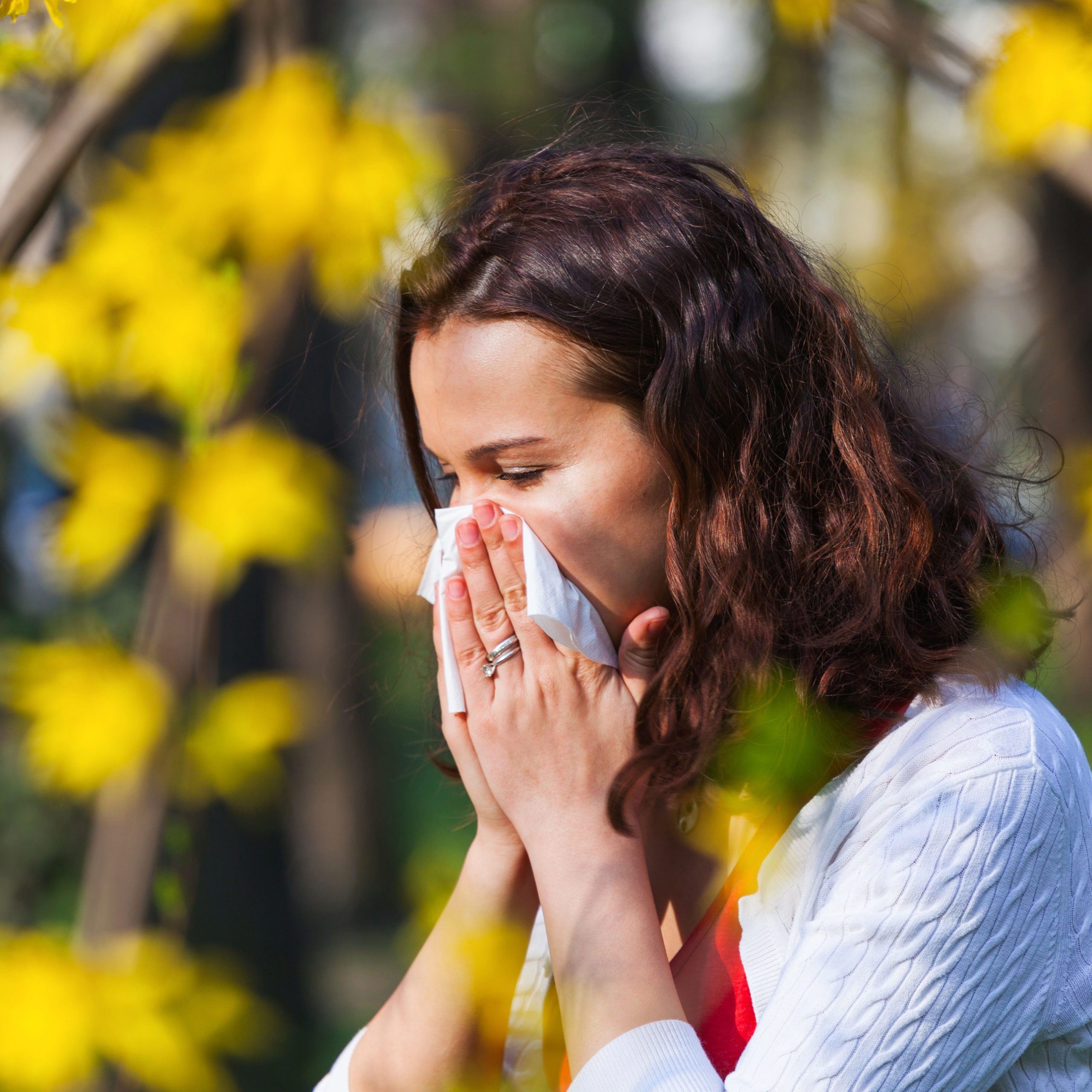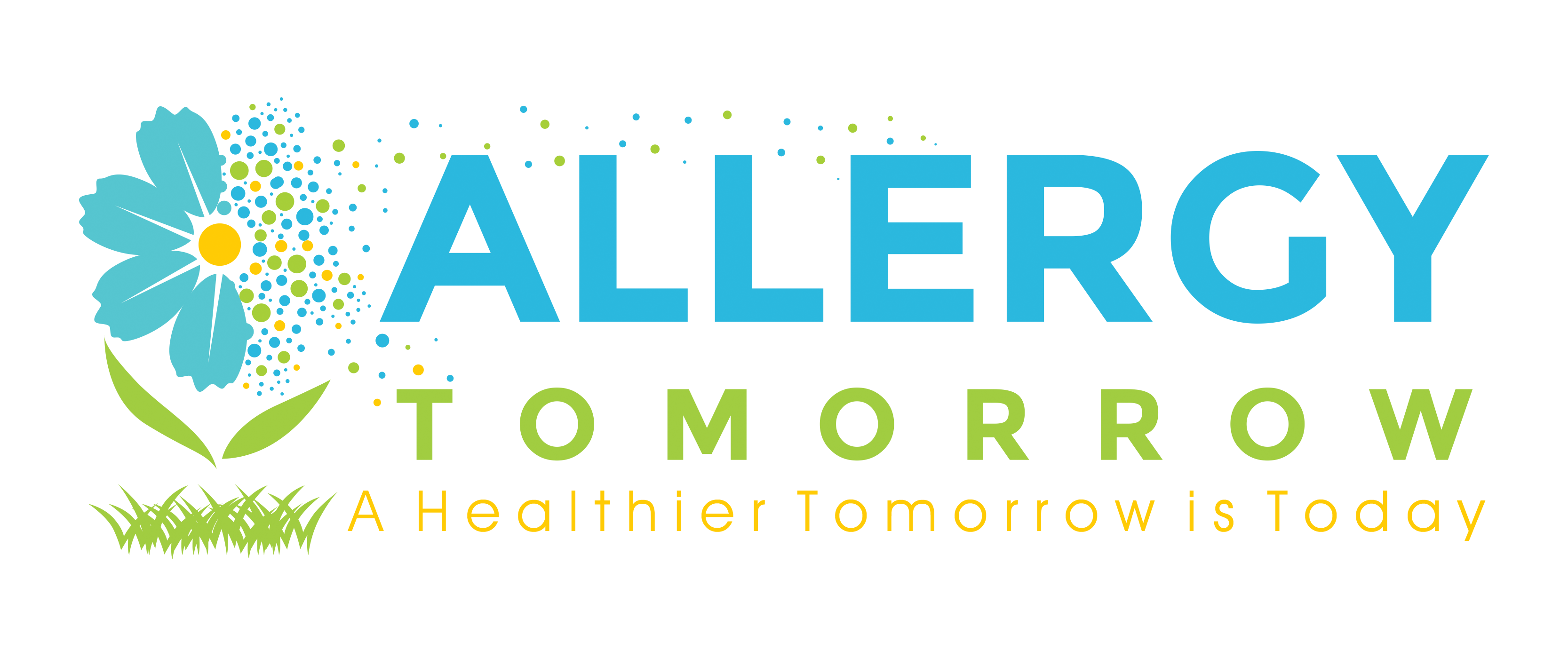
A Healthier
Tomorrow
Is Today

A Healthier
Tomorrow
Is Today

Tomorrow
Is Today
A Healthier
Provide patients a long-term solution to their allergy symptoms.
We do the heavy work, you supervise and get paid.
85% of people with hay fever symptoms experience relief from allergy shots.
55% of Americans test positive for one or more allergens.
Offer More Services
Provide your patients preventative allergy testing and treatment in your office and in their home.
Don’t Hire Additional Staff
Our “office-within-your-office” provides everything you need, even the staff. All you need to do is supervise the testing and treatment.
New Revenue Stream With Minimal Cost
With an allergy program, you can implement an additional revenue stream for your office. Offer your patients better health at home with the very best in allergy testing.
You Don't Have to Settle

Earn More
On average, practices that have implemented Allergy Tomorrow in their office earn an additional 15 to 20% gross revenue each month.
Our Standard is the Gold Standard
We hire experienced medical technicians to work in your office. They provide the gold standard in allergy treatment for your patients. They assist you in providing the gold standard in allergy testing and treatment for your patients.
Rest Assured
Rest assured, we safeguard you against insurance clawbacks for these services with our detailed processes and insurance medical policy review.
Ready to Partner Up?
Team Up
You’ll work with our team to nail down the details and implement the 150 sq. ft. lab in your office.
Earn more
Get ready for the extra revenue, testimonials and increased patient satisfaction to surge!
Nationwide Survey
A nationwide survey found that more than half (54.6%) of people in the US test positive to one or more allergens. They’re waiting for your help and it doesn’t have to change your practice.
National Allergy Map

What Is Pollen Count, How Is it Measured, and More
Pollen Count: What it is and how it’s measured?
A pollen count tells us how much pollen is in the air at a certain time. Pollen counts are generally taken with an air-sampling device, such as a rotorod. The device uses sticky rods that test the air on a regular basis. Every 24 hours or so, these rods are then examined for the number of pollen grains covering the rod. The count is then converted into units of grains per cubic meter of air. Fortunately, these measurements are eventually calculated into an amount that makes sense to the general public: low, moderate, or high.2
How can you check the pollen count?
There are a few tools out there that provide timely information that allows you to consistently monitor pollen levels, so you can ultimately better manage your symptoms. One of them is the daily allergy forecast that show the upcoming airborne allergen conditions in your local environment. Simply enter your zip to get a clear picture of the allergy and pollen forecast in your area.
When are pollen counts highest?
Pollen levels vary on location and season, and are directly connected to weather conditions. Warm, dry, and windy conditions have high pollen levels, while rain or cool weather dramatically drops pollen levels. The spring season is typically when pollen levels are highest, when grasses and trees are in full force. Pollen.com reports that counts are the highest in the morning, between 5 a.m. and 10 a.m. It is important to note that many plants pollinate year round, so checking pollen count everyday throughout the year is recommended.
What is considered a high pollen count?
Pollen levels reported on pollen.com fall on a 0-12 scale, zero being the lowest and 12 being the highest.
